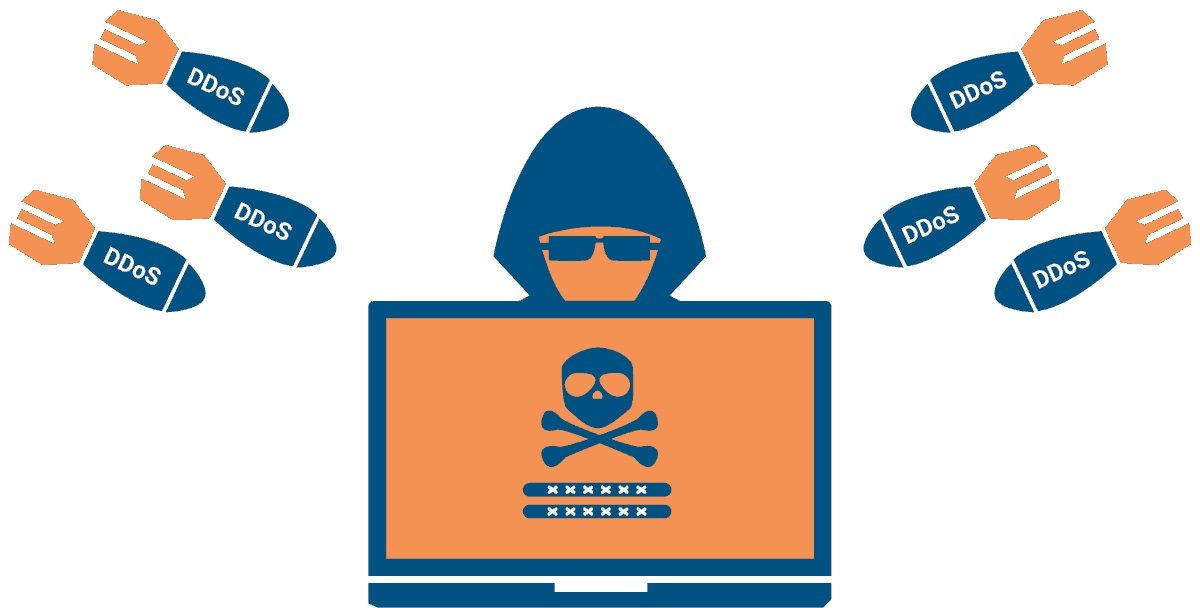Network against IP stresser attacks and a robust DDoS mitigation strategy is in place. This involves using specialized DDoS mitigation services, which detect and mitigate DDoS attacks in real time, redirecting malicious traffic away from your network.
- Automated attack detection and mitigation– DDoS mitigation services should be able to quickly identify and mitigate DDoS attacks, including those initiated by IP stresser services, without manual intervention.
- Traffic scrubbing and filtering– The mitigation service should be able to analyze incoming traffic, identify and isolate malicious traffic, and filter it out before it reaches your network.
- Scalable infrastructure– The DDoS mitigation solution should be able to handle large-scale attacks, ensuring that your network remains available even under significant traffic loads.
- Monitoring and reporting– The mitigation service should provide detailed analytics and reporting on the attacks, enabling you to understand the threat landscape and make informed decisions about your network’s security.
By implementing a comprehensive DDoS mitigation strategy, you reduce the risk of your network being disrupted by IP stresser attacks.
Diversify your infrastructure
The strategy for protecting your network against IP stresser attacks is to diversify your infrastructure. This involves distributing your online resources, such as websites or applications, across multiple servers or cloud providers rather than relying on a single point of failure.
- Increase redundancy– If one server or cloud provider is targeted by an IP stresser attack, the other parts of your infrastructure continue to function, ensuring your services remain available.
- Distribute the load– Distributing your resources across multiple servers or a cloud provider spreads the load, making it more difficult for an IP stresser service to overwhelm your entire system.
- Improve resiliency – By utilizing a diverse infrastructure, you better withstand the impact of DDoS attacks, as the load can be seamlessly shifted to unaffected parts of your network.
Implement proactive monitoring and alerting
how to use a IP Booter? Adequate network protection against IP stresser attacks requires proactive monitoring and alerting. By closely monitoring your network’s traffic patterns and activity, you quickly detect and respond to potential DDoS attacks, including those initiated by IP stresser services.
Some key elements of proactive monitoring and alerting include:
- Real-time traffic monitoring -Monitor your network’s traffic, looking for sudden spikes in activity or unusual traffic patterns that could indicate an ongoing DDoS attack.
- Anomaly detection– Implement advanced analytics and machine learning algorithms to detect anomalies in your network traffic, allowing you to identify and respond to potential threats more effectively.
- Automated alerting– Set up alerts that notify your security team or DDoS mitigation service of any detected threats, enabling a swift response to mitigate the attack.
- Logging and reporting -Maintain detailed logs of your network activity and generate comprehensive reports, which are valuable for forensic analysis and identifying the source of an IP stresser attack.
By implementing proactive monitoring and alerting, you improve your detection and response to IP stresser attacks, reducing the potential impact on your network and services.


